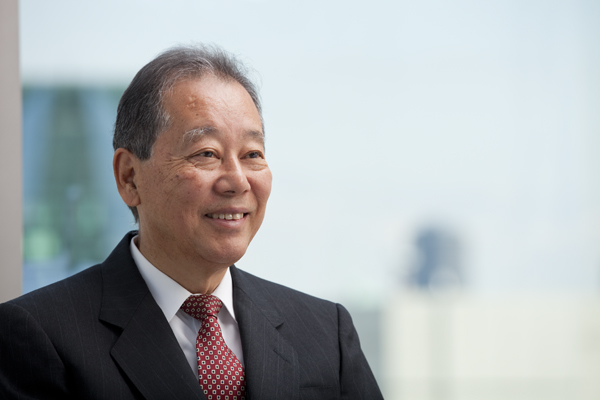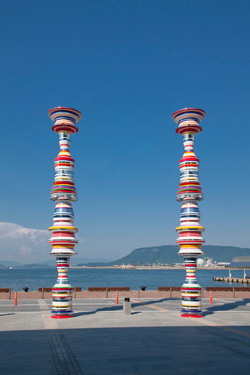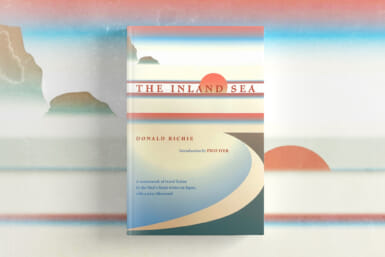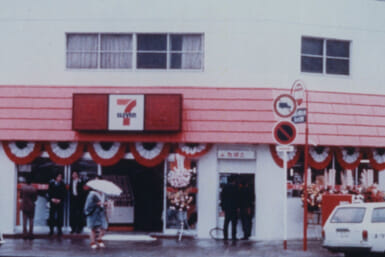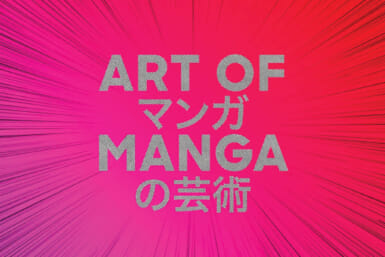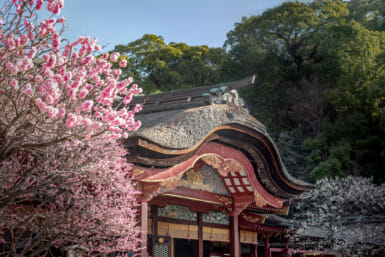Ahead of the 2013 Setouchi Triennale, we met with the CEO of Benesse to talk about why his company felt the need to create something special on Naoshima – and why he has pumped his own cash in.
Interview by Matthew Hernon & Ray Pedersen
“I wanted to create a kind of paradise that would reflect the beauty of Japan and the spirit of Shinto,” says Soichiro Fukutake (above) Chairman & CEO of educational giants Benesse. “People here in Japan no longer appreciate how attractive and enchanting this country is, they seem to focus their attention entirely on money. It is like our values have been polluted by the western world, a place where cash is king, so it is natural that people chase money, but Japan shouldn’t be like that.”
Fukutake has used a significant portion of his considerable wealth turning the barren, aging and depopulated islands of the Seto Inland Sea into not only his “paradise” but also into one of the most remarkable and breathtaking art destinations in the world. Fukutake currently lives in New Zealand but we met recently in Tokyo to find out more about the project and his recent 2012 Montblanc Patron of Art award.
Since its founding over 100 years ago, Montblanc has made a unique commitment to the art world by promoting a variety of activities that celebrate the beauty of art whilst also acknowledging its importance for current and future generations.
As well as supporting up-and-coming artists, it has also been keen to recognize people who make outstanding contributions to the development of art and culture through the Montblanc de la Culture Arts Patronage Award, which was set up in 1992.
The award – its prize including a limited edition ‘Patron of Art’ fountain pen and 15,000 euros that the winner can donate to a project of his/her choice – is handed out annually in 12 different countries: China, France, Germany, Hong Kong, Italy, Japan, Korea, Mexico, Russia, Spain, the UK and the US. There are three nominees in each country and the winners are each selected by a jury of internationally renowned artists. Past honorees include Queen Sofia of Spain, the Prince of Wales, Yoko Ono and the late Susan Sontag.
The Art Islands
“It was terrible to see a beautiful island like Naoshima being damaged by industrialization,” Fukutake says, “It reflected how greedy people had become here and I wanted to do something about it. That is why I decided to build museums there. I see this project as a kind of counter-measure to the excesses that have spoiled this land.”
Benesse Art Site Naoshima, the collective name for art activities on the islands of Naoshima, Teshima and Inujima, houses some of the most unique museums in the world.
One of the core facilities in the area is the Benesse House. Designed by one of the country’s most celebrated architects, Tadao Ando, it doubles up as an art museum and a resort hotel. Guests can enjoy the work of internationally acclaimed artists in their rooms, the museum and on the lawns and beaches surrounding the main building. The coexistence of art and nature makes it a truly spectacular site.
Just as fascinating is the Chichu Art Museum, also designed by Ando. To protect the stunning scenery of Naoshima, he constructed the vast majority of the building underground, yet despite this the galleries receive an abundance of natural light.
Artworks by James Turrell, Walter De Maria and Claude Monet are on permanent display there; the latter of the three is Mr. Fukutake’s favourite artist and he purchased five original paintings from Monet’s Water Lilies series with the aim of making them the “iconic pieces” of the museum.
Other destinations worth visiting in Naoshima include the Lee Ufan Museum, a collaboration between Ando and the renowned Korean minimalist painter, Ufan, and the Art House Project, a collection of abandoned houses that have been converted in to wonderful installations. On top of all that there are also the museums in Teshima and Inujima.
The project has proved to be a massive success not only in terms of the number of people visiting, but also in how it has it has rejuvenated an aging society. Elderly tourists often help with the project, working voluntarily as tour guides.
Thanks to Fukutake’s vision and funding, the island has become one of the top tourist destinations in the country. It would have been easy to stop after Benesse House had been completed in 1992 but he was determined to make the whole area somewhere to be proud of.
Why Benesse?
Back in 1991, after a six-week study course at Berlitz in New York, Fukutake was so impressed by the lessons there that he decided to buy the company outright. Acquiring control of a foreign organization was a bold move for a traditional Japanese company like Fukutake Publishing, as they were then known, but he had no hesitation.
They have since, under the name Benesse, gone on to become one of the biggest educational companies in the world:
“We are growing all the time. We now have over 230 Senior Nursing facilities, but our main business is in correspondence education that includes online and postal services. We have operations in over 70 countries and at the moment we are the third largest educational company in the world. My goal is to make sure that we reach number one.
“You don’t necessarily need an abundance of capital and stock to get there. For me the greatest organization on the planet is the Catholic Church; they have properties all over the world, yet they don’t have products to sell. All they have is a message and our establishment is built around a similar model. Our name, Benesse, derives from a Latin phrase meaning ‘live well’ and this is a message we hope to spread globally through our educational programs, art projects and nursing services.”
It was during his stay in Tokyo when Mr. Fukutake started to become captivated by the idea of living well.
People in the capital city were “moving too quickly, had lots of stress, were overly obsessed with material things and had no real awareness of what was around them.”
Moving away from that environment, he found a healthier, happier existence and he wanted to share that feeling with others. Through his obvious passion for the arts, we feel sure he will achieve his goals.
For more information on the islands and the festival, see our feature on the Setouchi Triennale 2013.

